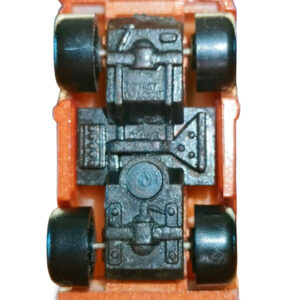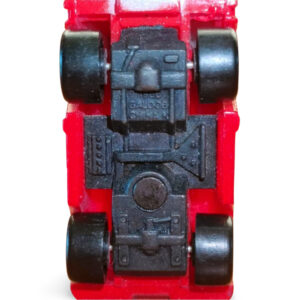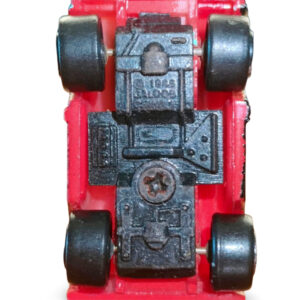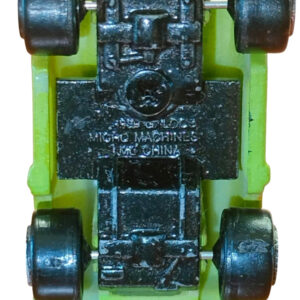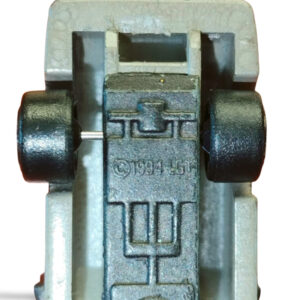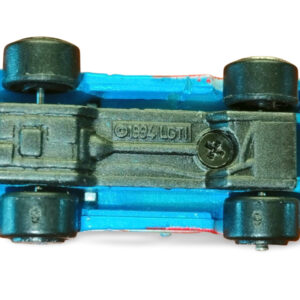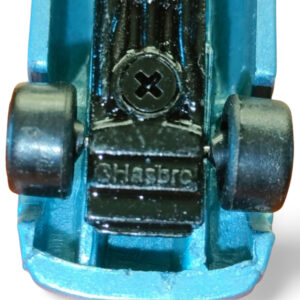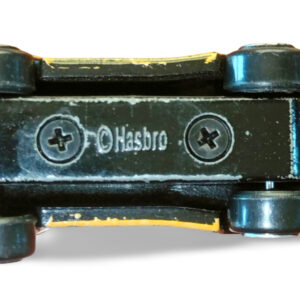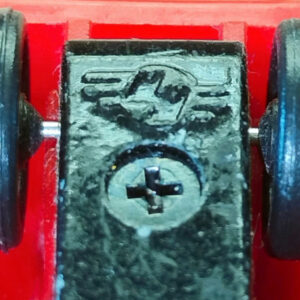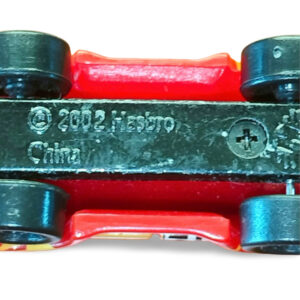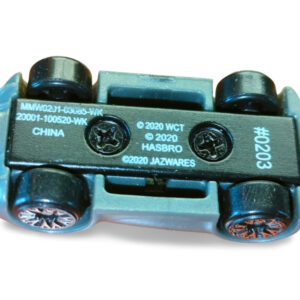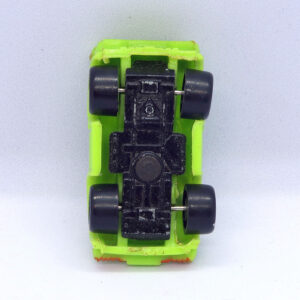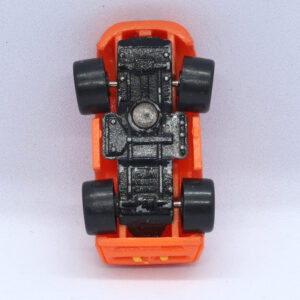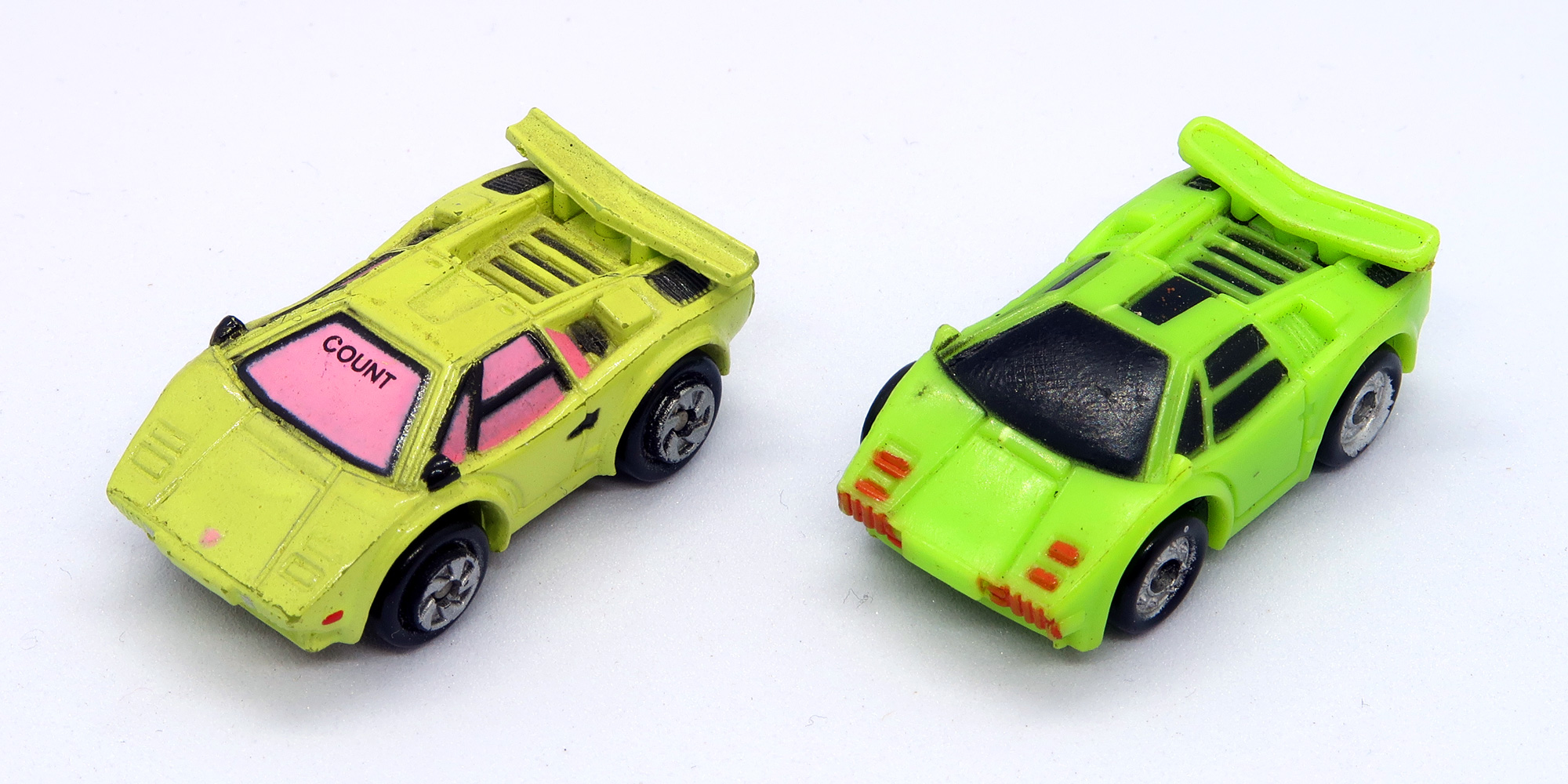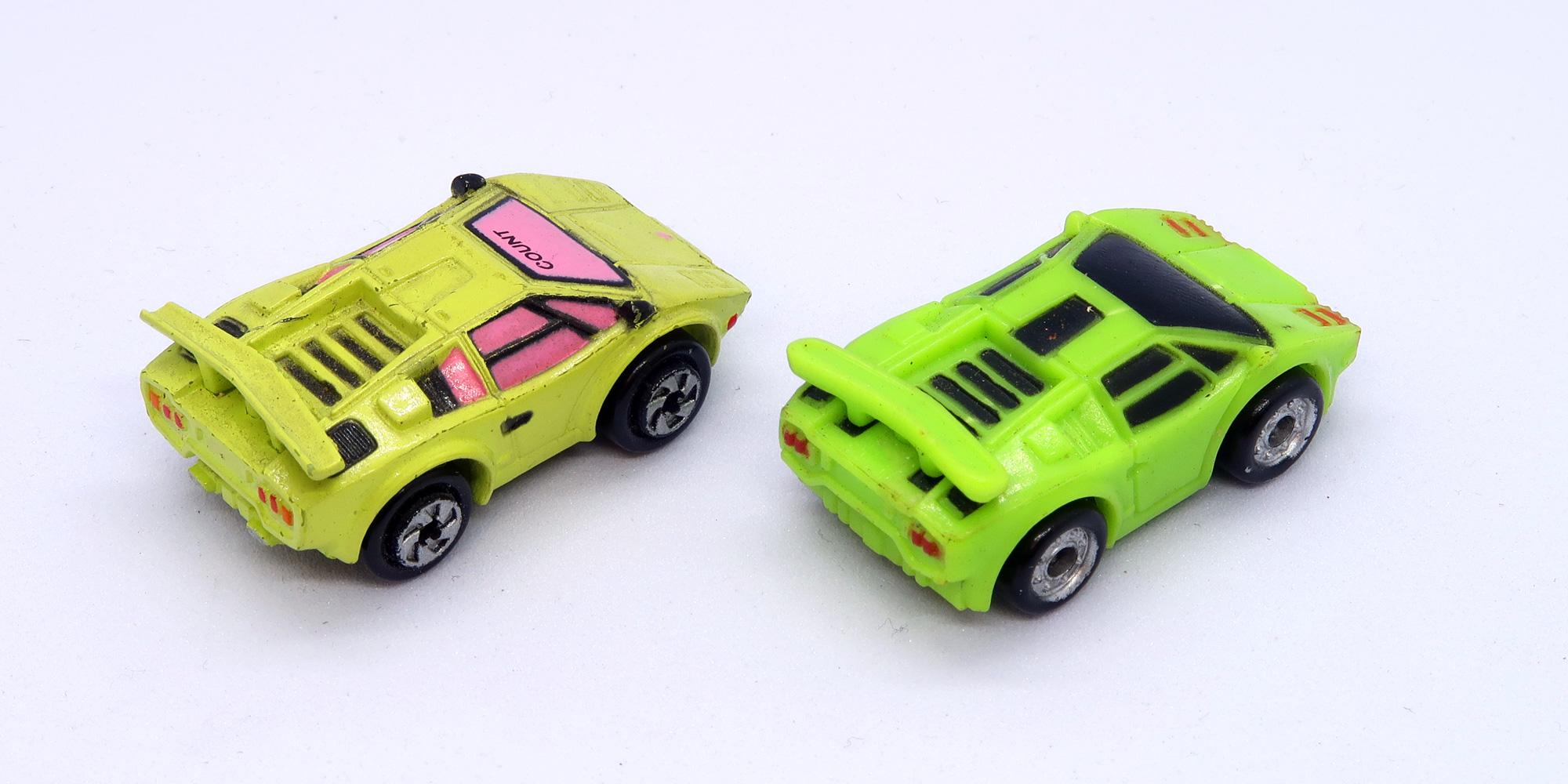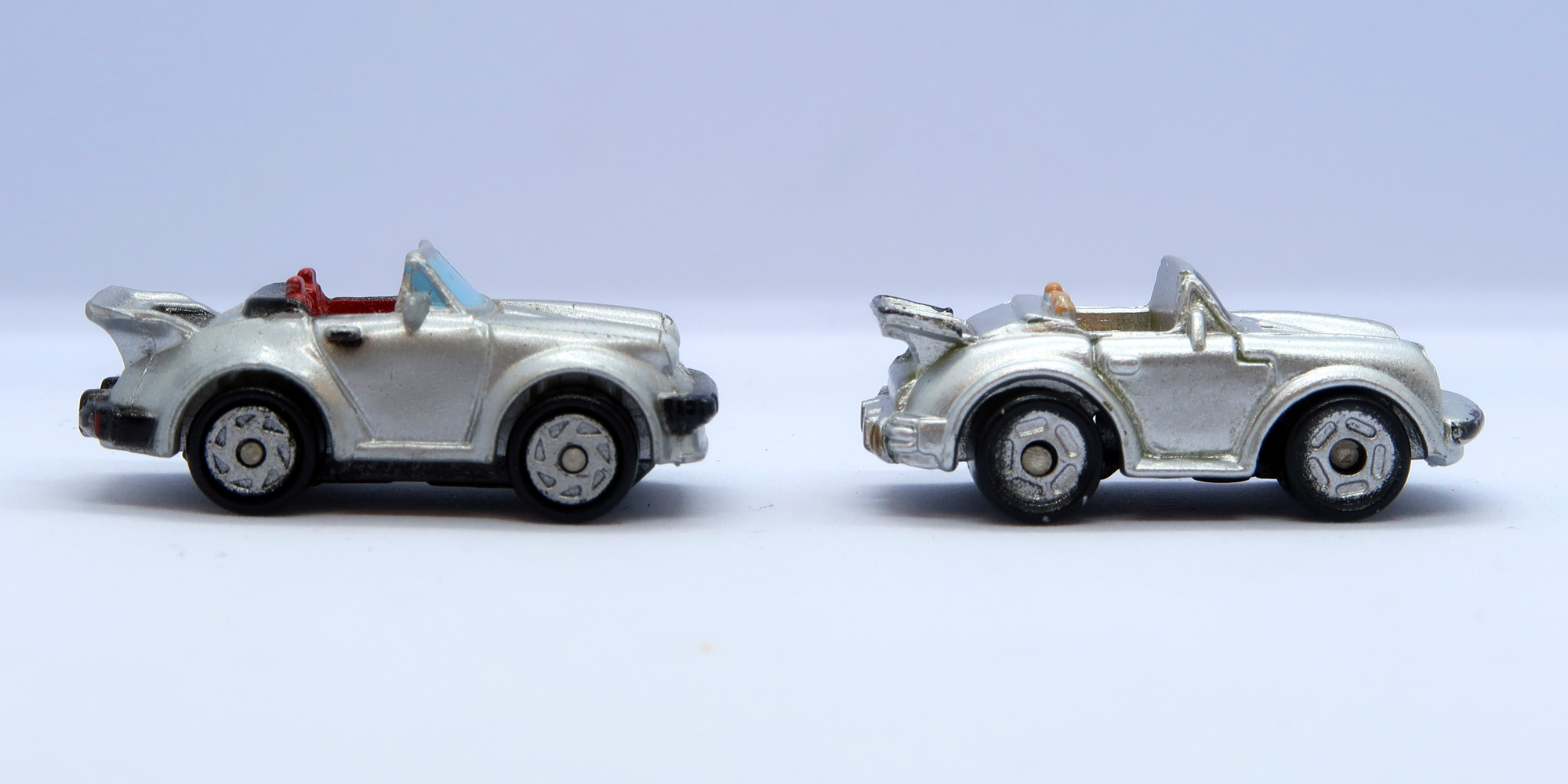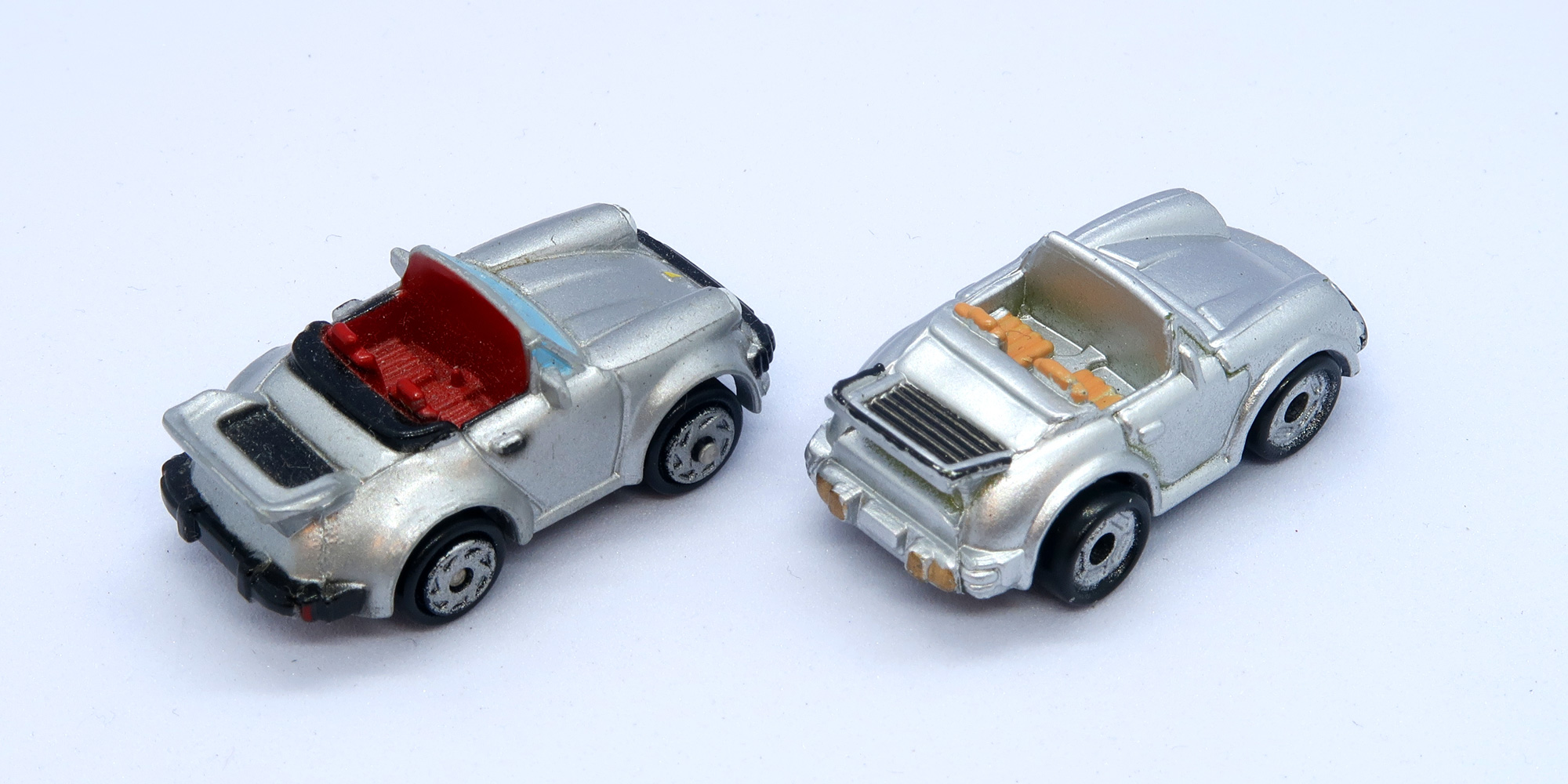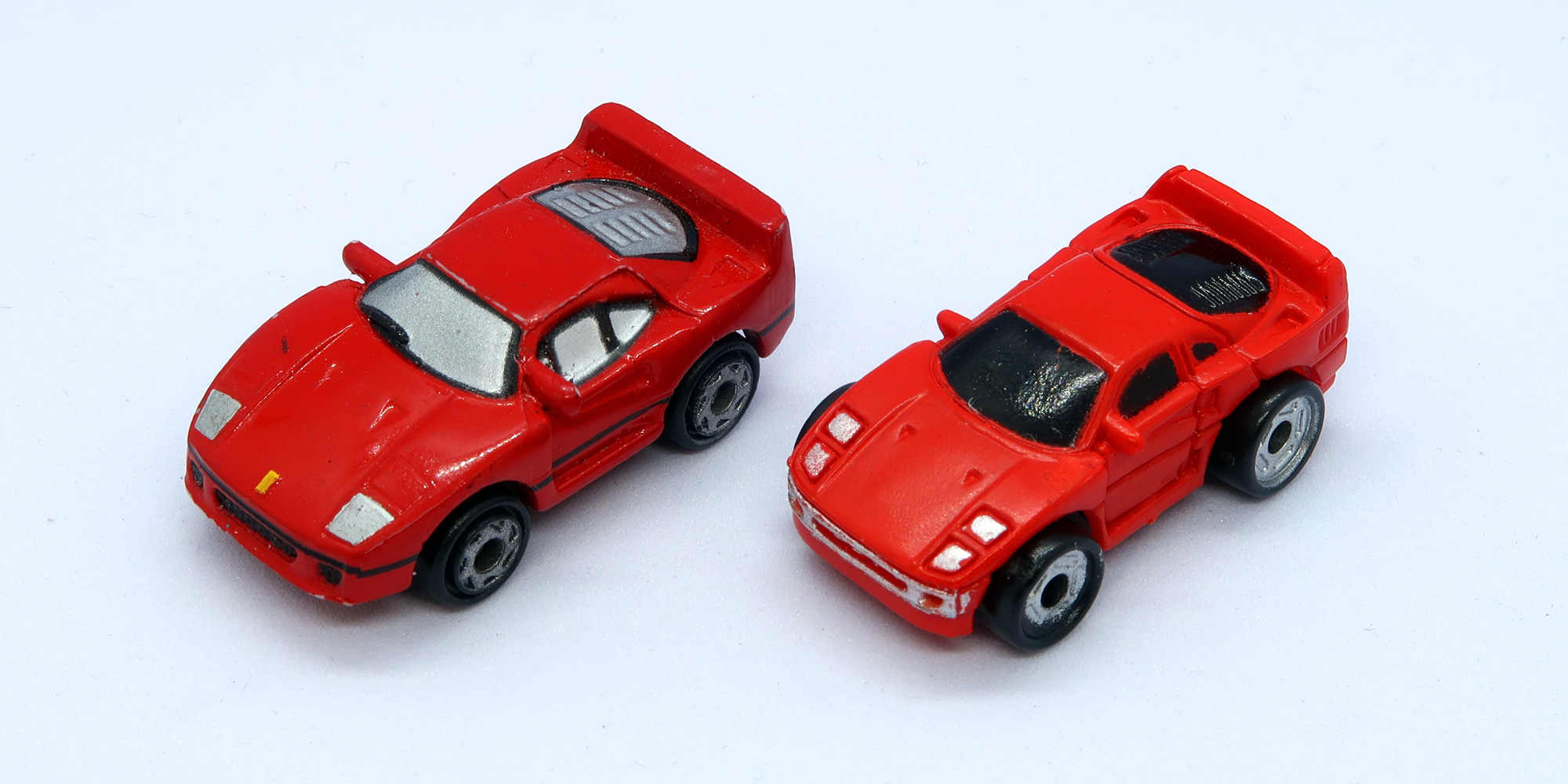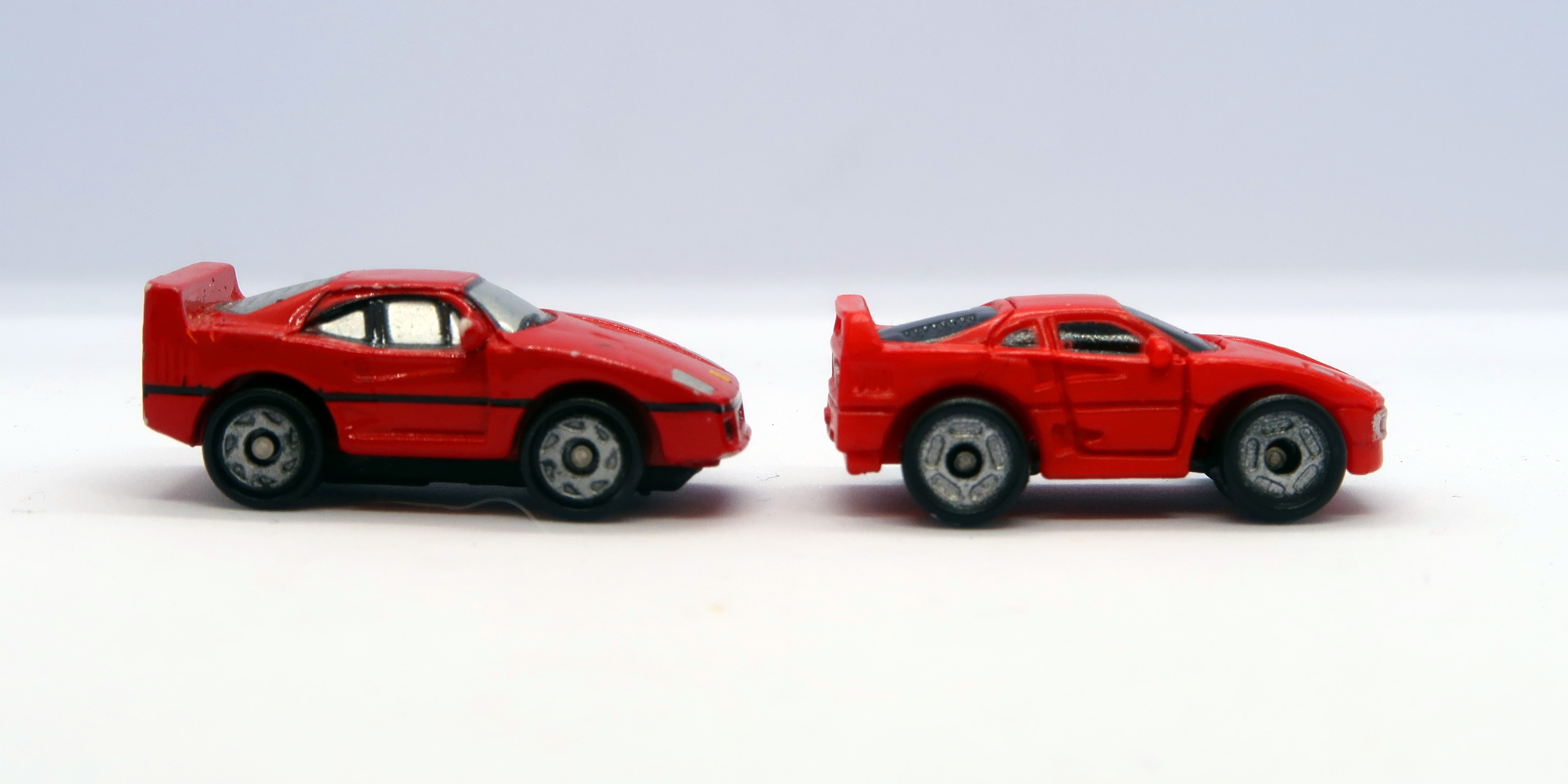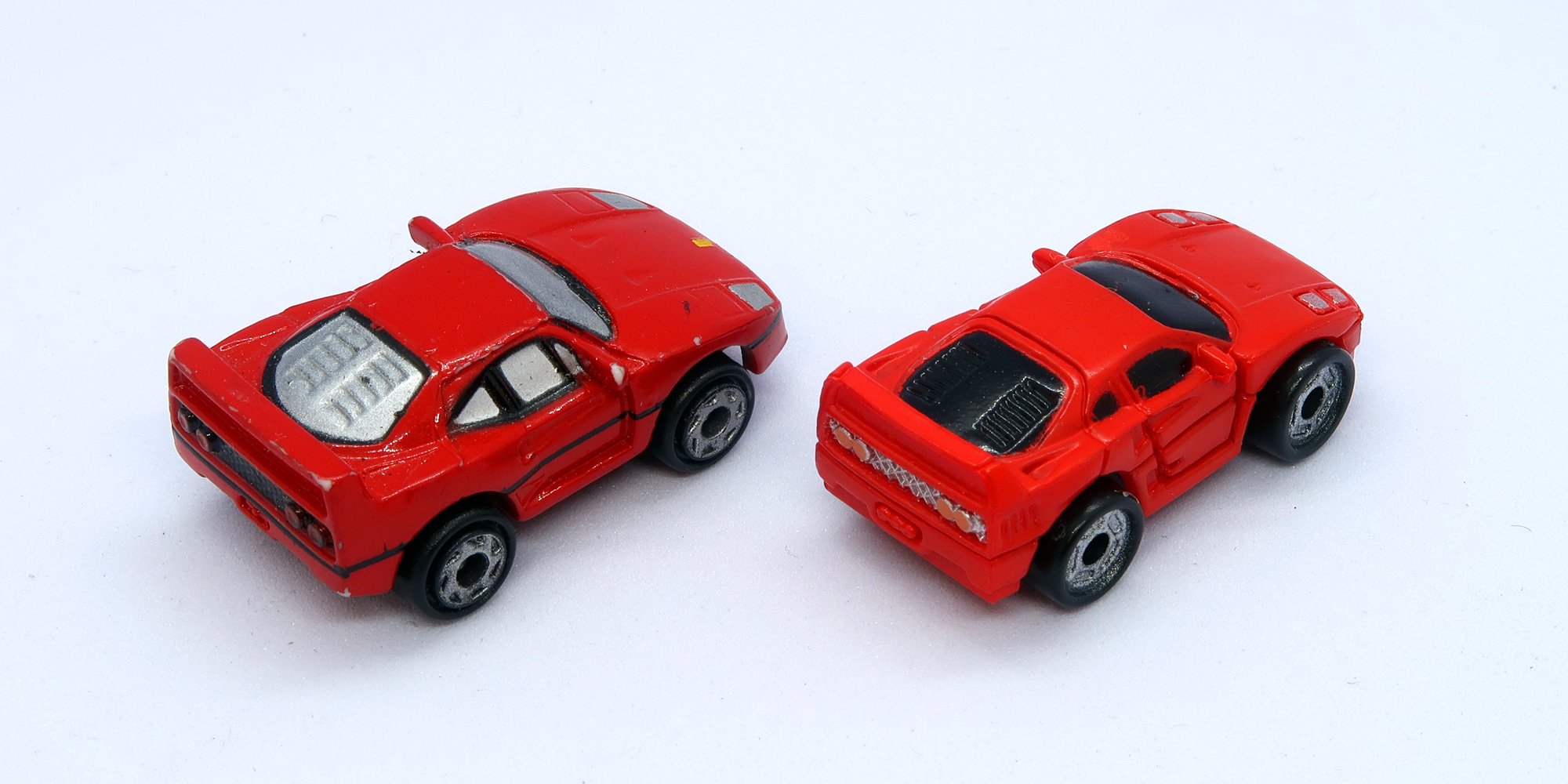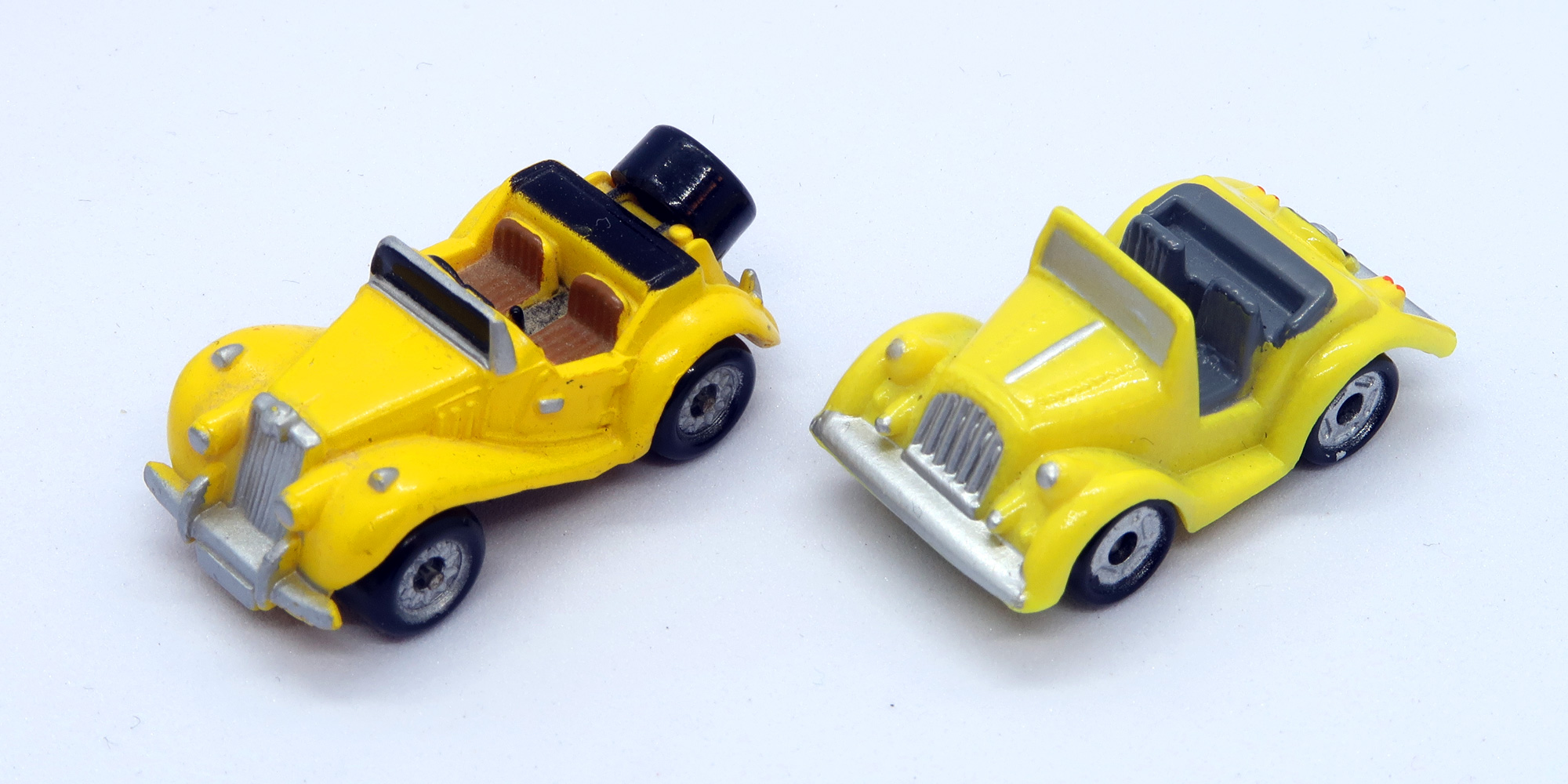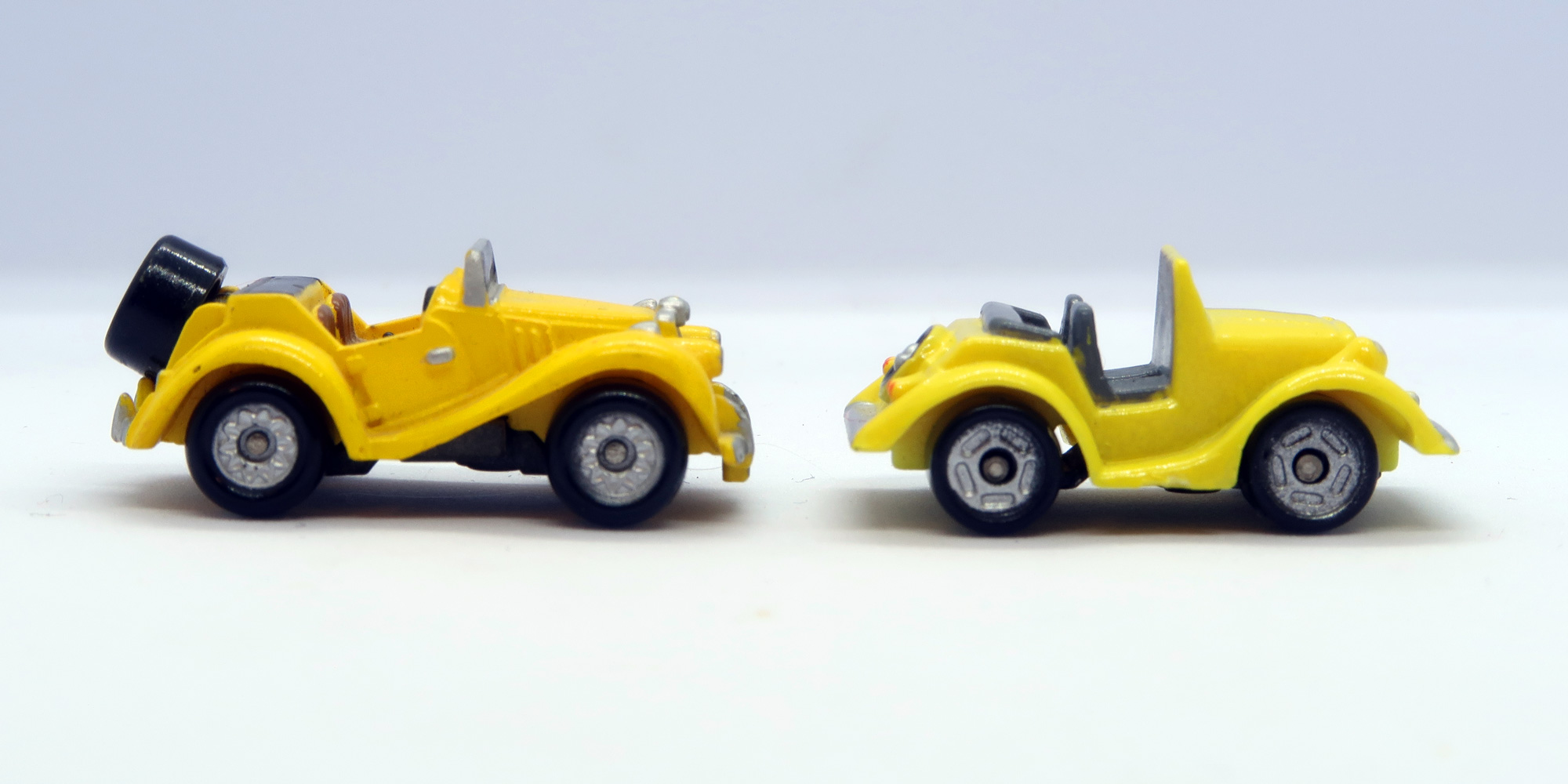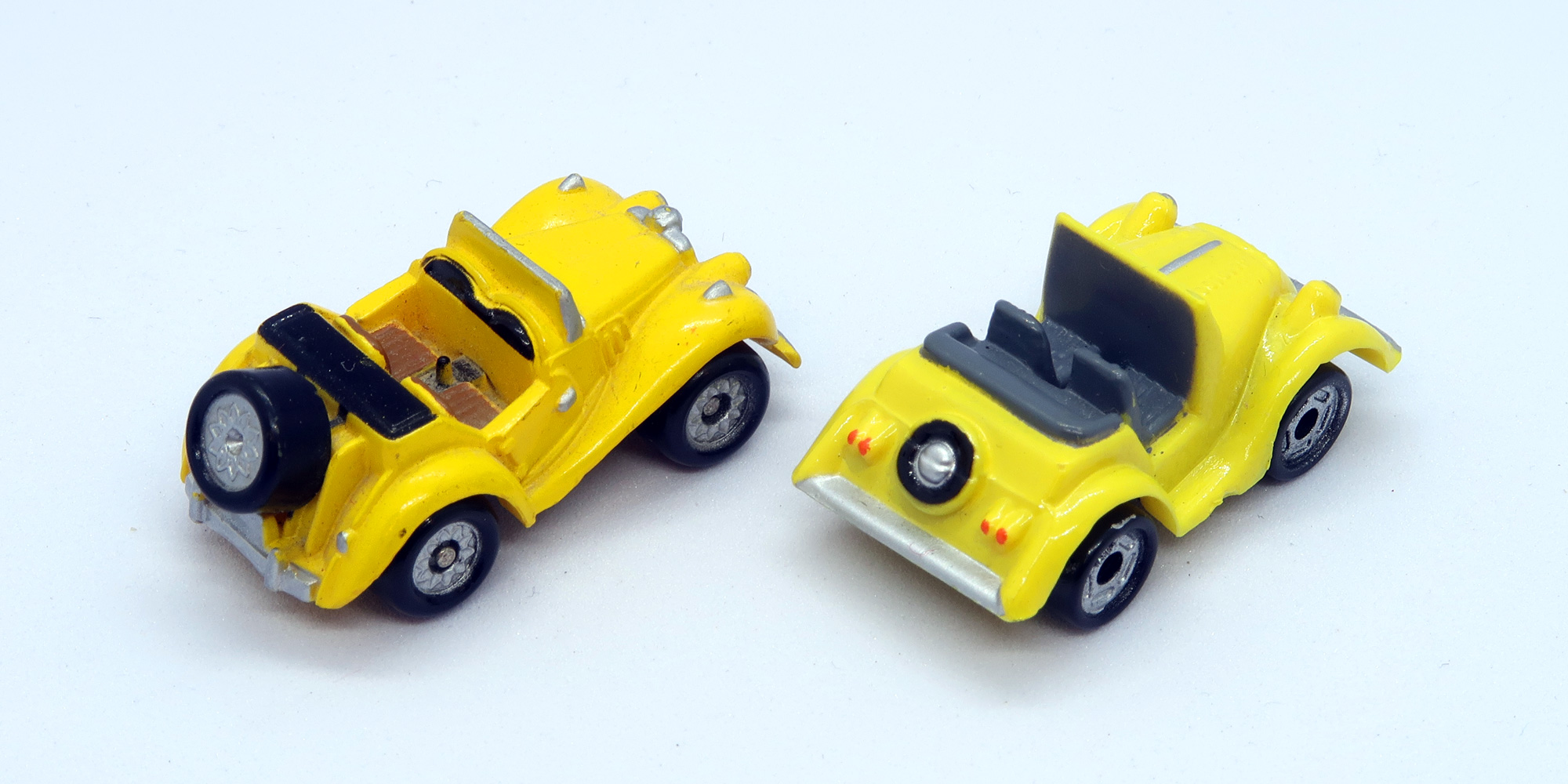Short Micro Story
Micro Machines began in the mid-1980s under Galoob, born from a simple but brilliant concept: create miniature vehicles with real-world detail and give them the energy of something much bigger. The tiny scale, sharp molding, and imaginative playsets made them an instant hit. Television spots with their trademark fast-talking ads turned the brand into a cultural icon. Through the late ’80s and early ’90s, Micro Machines ruled the miniature market, expanding into themes like cities, military, space, and even movie tie-ins — each line pushing the limits of what could fit into a child’s palm.
By the late 1990s the market changed. In 1998, Hasbro acquired Galoob, and the transition marked the end of the golden era. Production continued for a few years, but the spirit of experimentation faded. From the early 2000s to around 2007, Micro Machines survived mostly through sporadic licensed lines — Star Wars, Transformers, and other short-lived releases. For collectors, these years are a mixed bag: interesting for their rarity and odd packaging variations, but clearly the shadow of what once was.
After more than a decade of silence, the brand returned. Starting in 2019, Hasbro partnered with Jazwares to revive Micro Machines for a new generation. The modern lines — including the World Packs and Super Van City reboot — tried to balance nostalgia with new manufacturing standards. Between 2020 and 2023, several series reached the shelves, though distribution was inconsistent and the pace of new releases slowed by late 2023. Collectors today see this period as the start of a new chapter: not quite the same as the Galoob classics, but proof that the Micro Machines legacy still has fuel left in the tank.
If it doesn’t say Micro Machines, it’s not the real thing!
Authentic Micro Machines stand out for their precision and quality, even at their tiny scale. The first thing to check is the branding underneath the vehicle: original pieces are usually marked with “Galoob”, “LGT”, “LGTI”, “Hasbro”, or “Jazwares” followed by the year of production and the country of origin.
Here are some examples of genuine Micro Machines chassis. Click on the photos to enlarge them.
Here are a couple of examples of imitation chassis. Click on the photos to enlarge them.
Genuine models feature crisp detailing, solid axles, and distinct paintwork — even small logos and lights are sharply printed. Most counterfeits or unbranded mini cars feel lighter, have blurred details, and often lack any official markings at all.
When in doubt, compare the base engraving and packaging style with known originals from the same era. Authentic Micro Machines always combine accuracy, compactness, and that unmistakable “real toy” feel that imitators can’t reproduce.
As you can see from the photos above, the original models feature richer detailing and more accurate proportions compared to the real vehicles they replicate. Another key detail that helps distinguish genuine Micro Machines from imitations is the design of the wheels — especially the shape and patterns of the rims.

